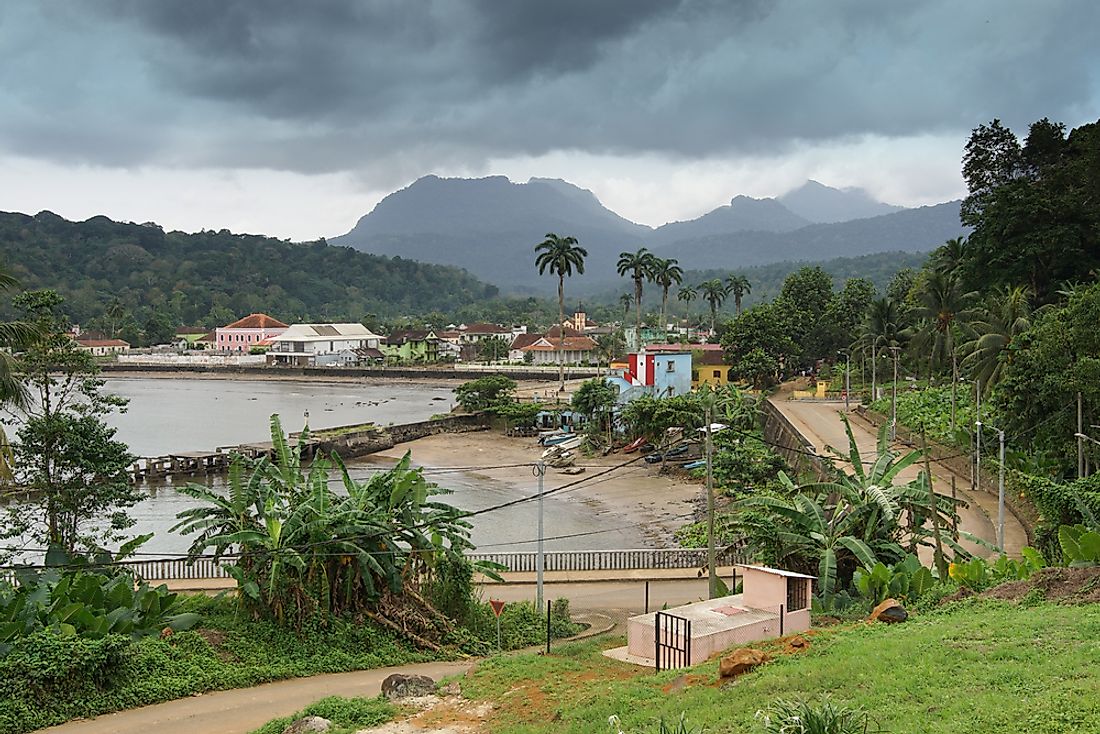What Is The Capital Of São Tomé and Príncipe?

Where Is São Tomé and Príncipe?
São Tomé and Príncipe, Africa’s second smallest country after Seychelles, is located in the Gulf of Guinea off the coast of Central Africa. The country is named after the two main islands of São Tomé and Príncipe. Other islands and islets radiate from these two main islands. The country has a population of 192,993. Africans and mestizos constitute the majority of the country’s population and most practice Roman Catholicism.
What Is The Capital Of São Tomé and Príncipe And Where Is It Located?
São Tomé and Príncipe’s capital city is São Tomé. It is also the biggest urban center in the country and is named after Saint Thomas. The town hosts a population of 56,945. São Tomé is located on the island of the same name. It lies on the Ana Chaves Bay to the northeast of the island. The towns of Trindade, Guadalupe, and Santana are linked to São Tomé by means of different roadways and a highway that runs around the entire island. A weekly ferry connects the island to Cape Verde.
History Of The Capital City Of São Tomé and Príncipe
Prior to the arrival of the Portuguese sometime around 1470, the island of São Tomé was uninhabited. The town was founded as a small settlement by Alvaro Caminha in 1493. The islands of São Tomé and Príncipe served as an ideal location for developing sugar plantations as the proximity of the islands to the equator ensured optimum climatic conditions for the growth of this crop. Also, the islands were near the then Kingdom of Kongo in mainland Africa from where slave laborers could be brought easily to work on the plantations. Thus, the Portuguese started settling down in São Tomé with their slaves and soon sugar cultivation flourished in the islands. The city of São Tomé became the capital of the Portuguese colony. Some of the oldest buildings present in the capital city of São Tomé and Príncipe like the Fort São Sebastião and a 16th-century cathedral are reminders of the early history of the city and the region. The Angolar Revolt was an important event in the country’s history. It took place on July 9, 1595, when the slaves revolted against the Portuguese rule by marching into the capital. After the independence of the country in 1975, the city of São Tomé became the capital of the newly formed independent island nation.
Present-Day Role Of The Capital Of São Tomé and Príncipe
Today, the capital city of São Tomé and Príncipe houses the Presidential Palace of the country as well as the meeting place of the National Assembly, the legislative wing of the country’s government. São Tomé is also the educational hub of the country with numerous schools and a few colleges. The São Tomé International Airport is also located here.







